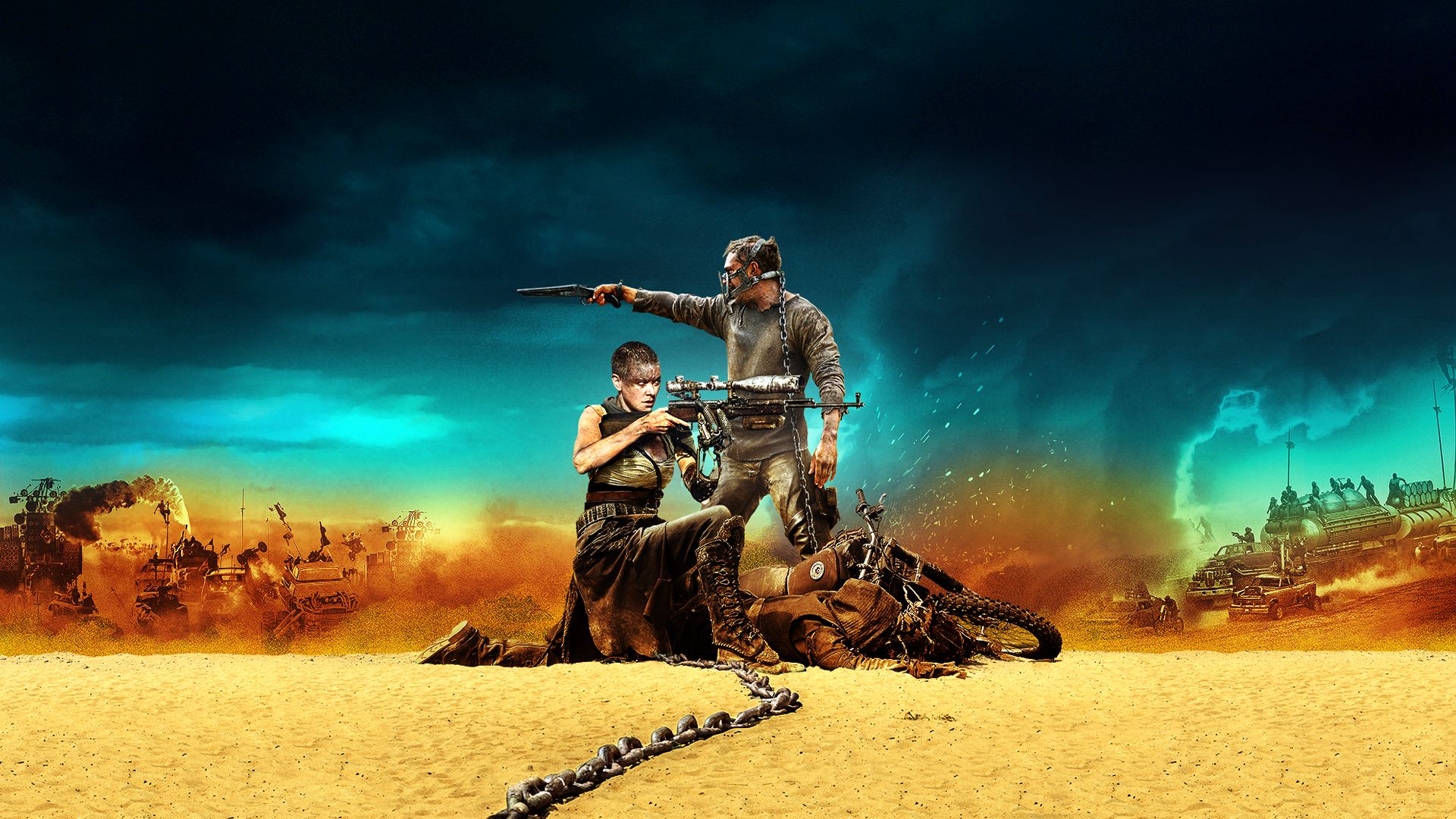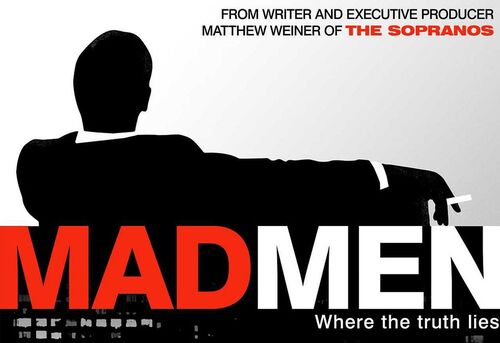
Mad Max: Fury Road - Review
 Is hope a mistake? Is it worth the consequences of failure? In a world where the road of the righteous, the road to justice and peace, doesn’t exist, a small band of women set course in an effort to carve that road for themselves.
Is hope a mistake? Is it worth the consequences of failure? In a world where the road of the righteous, the road to justice and peace, doesn’t exist, a small band of women set course in an effort to carve that road for themselves.
Mad Max: Fury Road is a part-sequel, part-re-imagining of George Miller’s original, genre-defining trilogy, launched originally by 1979’s Mad Max. Replacing Mel Gibson in the title role is Tom Hardy, who plays a gravelly, hardened and somber man with no direction but the endless quest for a needless survival.
The opening narration by the title character is as clear as he’ll ever sound, and at the cut of his voice we’re launched into a two-hour storm that never calms down for very long. This is action at its most volatile and most pure. It is what the genre can offer, in a day where action films have fallen into the category of mediocre events starring one note, yet high profile actors.
In such a short space of time, we learn who Max is. Or at least, we learn who he was, what he’s experienced, the demons that now follow him everywhere. And we spend much of the film’s first act, after his initial introduction, just as helpless as he is, strapped in and prisoner to madness.
The villain of the film is Immortan Joe (Hugh Keays-Byrne), dictator and controller of all who reside in the Citadel, where he controls the water and the food, and claims whomever he likes for his own gain. His foreboding presence as he makes a speech to his ‘things’ establishes with not one shadow of a doubt his power, his greed, his stature. His dialogue is elevated through pure cinematic stature, standing above the desperate as his voice echoes manipulation down into the masses.
There is no mistake to be made, this is a frantic action film that never lets up. Despite that, all great films must reach a balance between the visuals and its meaning. That meaning is the heart, the sympathy, that connecting thread that actually holds us to what we can see before us.
In an early scene of the film, high up in Joe’s sanctuary, women sit with flat faces as they breastfeed children via the aid of machinery. At such an early moment, with such a castaway shot, the film’s core is set in place. It is the women who continue the line, who bring the next generation of children into the world, whether it be the world we’re seeing or something at least slightly better. The women are the nurturers of humanity, the birth-givers and lovers, and so the film uses this to prepare us for a cast of women who are seeking hope and a better place. They have eyes on the future, while the men fight their bloody battles of now and cackle at the results.
Charlize Theron plays Imperator Furiosa, a woman who was taken very young, stolen from her home along with her mother, and she plays her role with feigned confidence, and heart beneath an exterior that has to be an armour. Much of the second act belongs to her, as Max stands in the background to her trials and tribulations. As she is our eyes into Max, so too is Max our eyes into her.
War drums guide the restless and discomforting atmosphere that the film establishes from its very early scenes. It’s electrifying to experience that build up, those raw drums guiding us into the visual marvels we play witness to. Slow motion is used sparingly, and so too is silence. It gives us minor reprieves amongst the otherwise chaotic pace, and works to plummet us further into the thrill of the hunt. In those moments of pause, when the characters rest or repair, we see the masterful use of emphasis, sound being the number one enforcer of such. When the water hits the sand, and as we witness Max cringe at its waste, so too do we ache for it to relinquish a suffering man’s short-term torment.
Symphonies of beauty and heart sprinkle an otherwise bombast and engaging soundtrack that matches the peaks of each action sequence. Junkie XL demonstrates mastery in the loud, overwhelming soundscapes that dominate the market today, ala Hans Zimmer, but as soon as it begins to fall prey to more loud than engagement, it jerks forward the emotional gear-stick. As the camera pans in on our anchor to the world, the vehicle whose occupants we now care for, the music reminds us of what’s at stake.
With a protagonist with nothing to fight for except for the fight itself, Furiosa takes the wheel and steers us through the most desolate of worlds with her purpose. In these moments, it’s debatable whether it really is Mad Max’s film. Such time as he spends in the background, silent and brooding, that his name on the title feels unjustified. That’s before we’re given his redemptive finale, and in so few words, and with so few actions, the film singles out exactly why it’s named Mad Max. When he willingly gives his own blood (mirroring his role as blood bag in the early part of the movie), it’s his march into brighter days. He puts his past behind him for the sake of the future, and for the survival of others.
Women bring children into this world, whatever world that may be. And they plant the seeds that will begin to regrow it. Max is but a spectator to the women as they carry out their role in maintaining human life. The film never gets carried away with these themes, but it certainly elevates proceedings.
Mad Max: Fury Road is an action film like nothing we’ve seen in recent years. It’s exhausting at just two hours and probably couldn’t have gone any longer. Yet of its kind no other film rivals, with a complete arc and the enhancement of its core characters in such a short space of time (both in our time and in its own). It single-handedly revives the faith we as audiences lost for action films, and simultaneously raises the bar for the future. Let’s hope it doesn’t take until the next Mad Max epic to continue the work that Fury Road has done.
Originally posted at http://burstculture.com/mad-max-fury-road-review/


